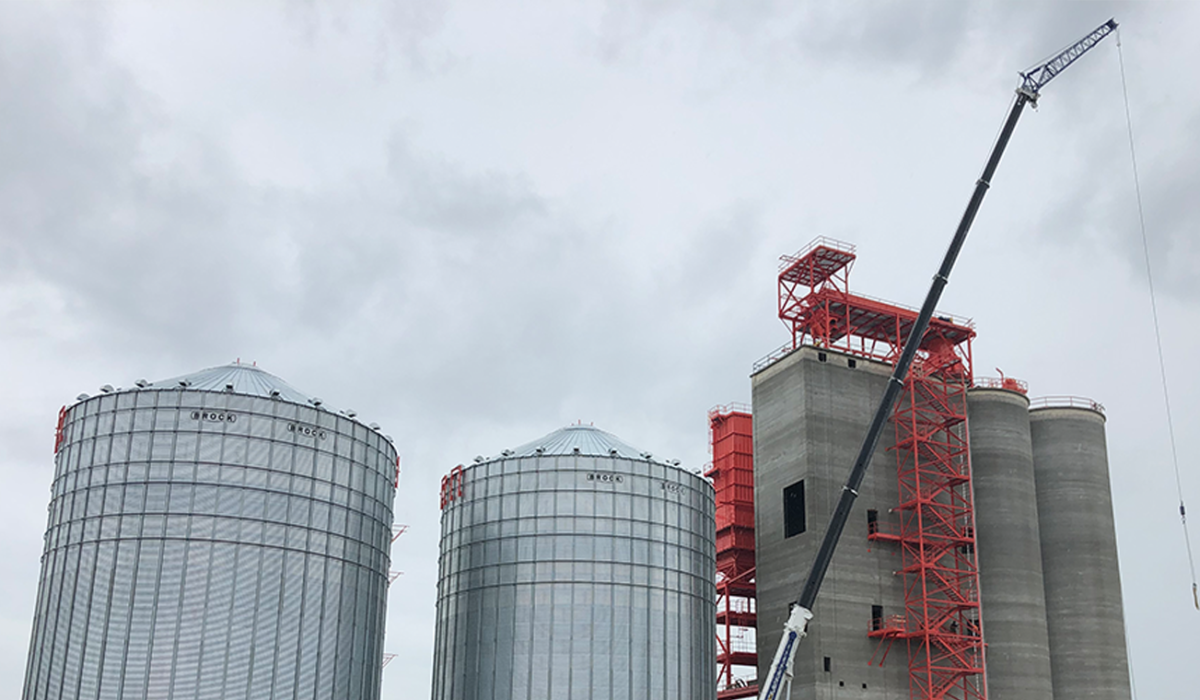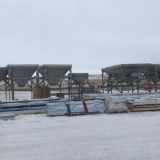Staying Safe at Heights: Exploring Fall Protection on Construction Sites.
Fall protection is of paramount importance for ensuring the safety of construction sites. Falls from great heights pose a significant risk, contributing to fatalities and severe injuries in the construction sector. In Canada, the construction industry is subject to various regulatory standards and guidelines that govern fall protection. This blog explores the key aspects of fall protection courses, including training and systems, to equip you with the knowledge needed to ensure safety at heights.
Understanding Fall Protection
Fall protection, encompassing fall training and courses, is designed to prevent falls from elevated positions. This system typically comprises three crucial components:
- Anchor Points: These serve as the attachment points for the fall protection system.
- Connectors: These mechanisms link the worker to the anchor point.
- Body Harnesses: Workers wear body harnesses to prevent falls.
Types of Fall Protection
It encompasses various methods, each serving a specific purpose:
- Guardrails: These physical barriers prevent workers from slipping off the edges of buildings or structures, offering passive protection.
- Safety Nets: Placed beneath heights, safety nets provide a passive method to catch workers in case of a fall, often used in conjunction with other methods.
- Travel Restraint Devices: These devices prevent workers from approaching dangerous edges where falls can occur. They typically involve anchor points and lanyards to limit worker movement.
- Personal Fall Arrest Systems (PFAS): Employees must wear body harnesses connected to anchor points for PFAS. In the event of a fall, the harness stops the workers before they reach the ground.
Mitigating Risks at Heights
Working at heights entails various risks, including exposure to toxic materials and fall-related accidents. To effectively mitigate these risks, consider the following hierarchy of controls:
- Eliminate the Hazard: Design structures that eliminate the need for workers to operate at heights whenever possible.
- Substitute the Hazard: Replace hazardous tasks with safer alternatives.
- Engineering Controls: Implement solutions like installing guardrails or safety nets to mitigate risks.
- Permit-to-Work System: Require workers to obtain permission before working at heights.
- Personal Protective Equipment (PPE): While PPE is the last resort, it should be used when all other control measures are exhausted or not feasible.
Additional Safety Measures
Conduct thorough hazard and risk assessments before commencing work at heights to enhance safety. Provide comprehensive training and education to workers on the correct usage of equipment.
Adhering to Regulatory Standards
Regulatory standards and guidelines concerning fall protection govern the construction industry in Canada. These include:
Occupational Health and Safety Regulations: These regulations detail requirements for fall protection in the workplace, encompassing guardrails, safety nets, PFAS, and travel restraint systems.
Canadian Standards Association (CSA) Z259.16-04: This standard provides guidelines for designing, selecting, and using PFAS.
Canadian Construction Association (CCA) Best Practices Guide: This guide offers practical guidance on fall protection in the construction industry, covering hazard identification, risk assessment, and the selection and use of fall protection systems.
For those involved in the construction industry or working at heights, staying informed is essential. Whether through fall protection training, courses, or adherence to regulatory standards, prioritizing safety can reduce injuries and fatalities in this critical sector. Share this vital information with your colleagues and peers to contribute to the protection of those working at heights in the construction industry.
To learn more about construction services, continue to read our blogs. Remember to share this valuable information with your colleagues and peers to help ensure the safety of everyone who works at heights in the construction industry.



